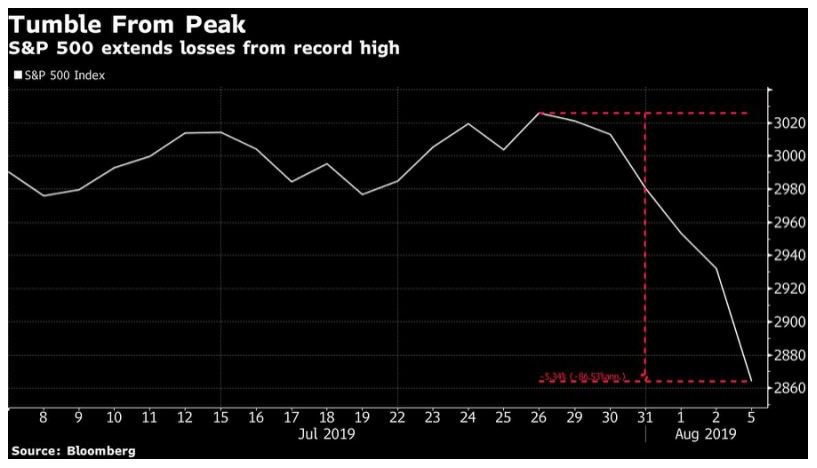What’s in Today’s Report:
- Identifying Potential Positive Surprises
- EIA/Oil Analysis
Futures are sharply higher on more positive U.S./China trade “chatter” and political resolution in Italy.
Chinese officials made general comments about not wanting to further escalate the trade war and won’t retaliate to the recent tariffs, and that’s helping sentiment. But, to be clear, no actual progress has occurred – just vague rhetoric, and as far as we can tell the phone call between the two delegations has not occurred yet (remember it was loosely scheduled for Tuesday). Point being, things haven’t improved as much as the two day rally would imply.
Economic data was decent as German unemployment met expectations while EU Economic Sentiment was better than expected (103.1 vs. (E) 102.5). Regarding Italy, the country will avoid new elections, and while that’s not a sustainable positive catalyst for markets, it does, for now, remove another potential headwind.
Attendance and volumes will continue to decrease into the long weekend, but focus will remain on any trade related headlines. Economically, the notable reports today include Q2 Revised GDP (E: 2.0%), Jobless Claims (E: 213K) and Pending Home Sales (E: -0.3%) although none of those should move markets.
Bottom line, if Treasury yields are stable, stocks can hold these early gains, although we continue to caution this rally is being driven by month-end positioning more than any actual, positive progress on the headwinds facing this market.





